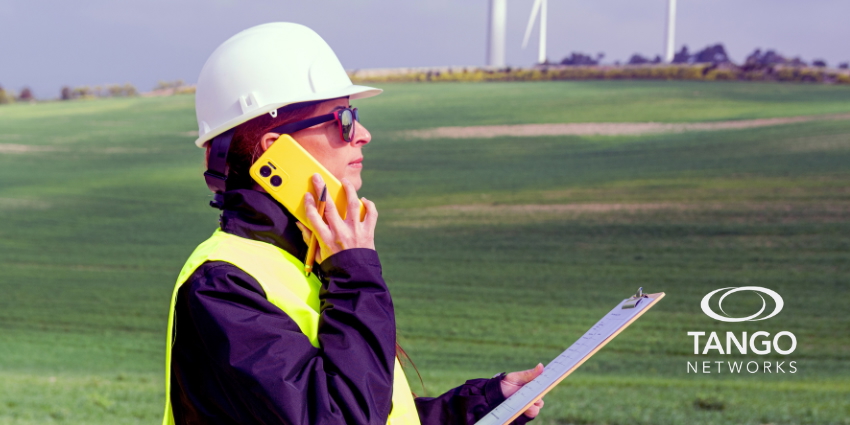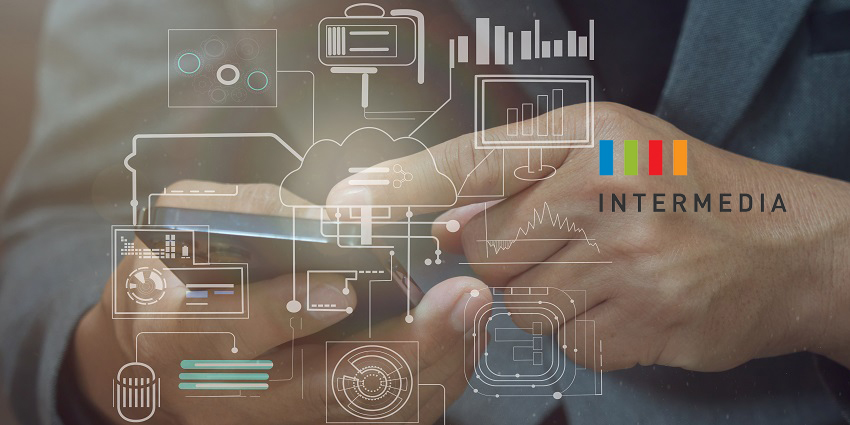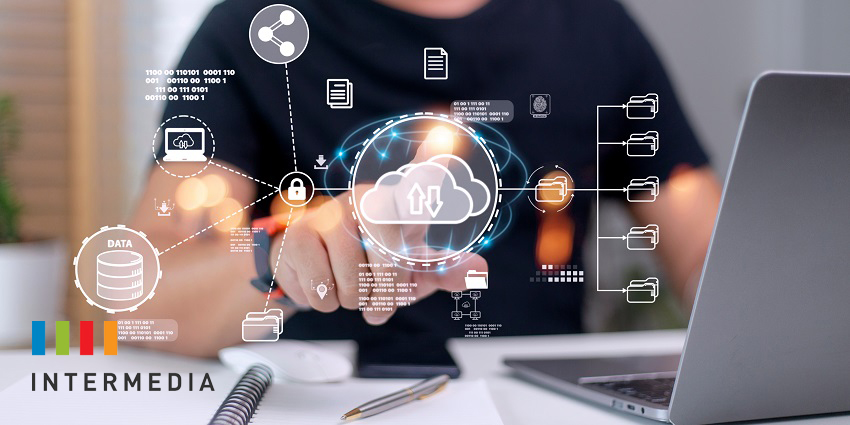For CEOs, sustainability may not rank as highly in near-term priority as Adopting AI, digital transformation and dealing with economic uncertainty.
But environmental impact and sustainability are important long-term goals and are the subject of extensive regulatory scrutiny in many countries.
And the good news is that some relatively simple measures can not only reduce a company’s carbon footprint, but can also cut operating and capital equipment costs at the same time.
For businesses, sustainability and carbon footprint reduction fall under the Environmental, Social, and Governance (ESG) framework guiding corporate social responsibility practices and reporting.
Fines for non-compliance with such regulations in the EU can be as severe as 5% of a company’s net worldwide turnover.
Yet many companies sideline sustainability initiatives as they see them as complex or expensive to implement. The need to address this has come at the same time as two major business-related transformations: One, the post-pandemic changes in how and where we work, and Two, the technology and tools we use to communicate with colleagues and customers.
Thankfully, there are some quick wins available to any business, which are simple to adopt and can actually save costs, make significant sustainability improvements and transform user communications experience at the same time.
Tango Networks’ business eSIM solution – called Tango Extend – tackles both e-waste and energy usage for any employee by supporting mobile phones as the universal end-points for Unified Communications. That means companies can retire outdated desk phones and expensive company-provided mobile phones. That in turn shrinks the carbon footprint and boosts company ESG scores.
Mark Brunwin, VP Marketing at Tango Networks, said:
“If you provide a business eSIM to an employee using their personal phone, rather than providing them with a company mobile device, there’s a huge environmental, carbon and cost saving,”
Environmental and Cost Impact of Office Phones and Company Mobiles
Office phones, once a mainstay of a company’s office, are increasingly coming under scrutiny.
Organizations are adapting and embracing the hybrid and remote work model more, and with more employees out of the office this means that many desk phones are left unused, but still consuming carbon. With large organizations, the impact is very significant indeed.
“The carbon used to make a desk phone is about 20 kilograms, and the carbon footprint of a fixed phone per year is about 56 kilograms,” Brunwin said. The production, maintenance, and eventual disposal of these devices contribute to environmental degradation throughout the devices’ lifecycle.
To put that into perspective, 300 desk phones emit around 17,000 kilograms of carbon emissions annually. That’s roughly the carbon footprint equivalent of a person taking 43 commercial airline flights across the United States.
Even if you provide company smartphones to executives, hybrid or frontline workers, the capital and ongoing cost and carbon impact is as severe. The costs alone often prohibit widescale deployment and the rare earth metal extraction and the manufacturing process consumes around 55kg of carbon per device.
Smartphones also consume around 20Kg of carbon through their usage. What’s worse company provided mobiles are often left in a drawer or left behind because employees do not like to carry a second phone.
“I recently came across a software company employee who was given an iPhone 13 and a business plan costing £25 per month by their employer. The sole use on this device was an authenticator app to gain access to a specific software application on the business laptop! I suspect that this sort of use is not as uncommon as it might seem,” Brunwin said.
Why BYOD and eSIM are a Winning Pair
The emergence of Bring Your Own Device (BYOD) policy is already common practice in most businesses to reduce costs and carbon footprints, while not compromising functionality and user experience.
“We are now seeing BYOD enter the mobile UC arena because modern mobile devices are able to support two completely independent mobile subscriptions, even on two different networks,” Brunwin said.
This means that personal smartphones can now function as business BYOD devices, thanks to solutions like Tango Extend. Instead of having two mobile phones, you only need to carry one, with two personas on it – one for personal use and one for business, and without the need for Mobile Device Management solutions to manage it as the native dialer is used to make business calls.
An existing desk phone number to be used with the business subscription on the personal mobile device, as the business identity. All business calls from and to this number transit the company UC platform. This enables IT to enforce calling policies and even record mobile calls just as they do for desk phones today.
Workers are happy using the device that they have chosen and know how to use and they can simply make and receive business phone calls on their own phones while their personal lines remain private and secure.
By leveraging these existing personal devices rather than procuring additional hardware, companies avoid the initial upfront carbon cost of buying the hardware.
An Easy Option for ESG
The environmental impact of all redundant or outdated business communications services and infrastructure is often overlooked as companies evaluate improving sustainability.
Yet the transition from traditional desk phones and expensive business-owned mobile devices to BYOD UC integrated mobile solutions represents a significant opportunity to gain efficiency, improve sustainability and to improve communications with the remote workforce.
By leveraging existing personal devices through solutions like Tango Extend, it’s a win-win situation. Businesses can dramatically reduce their environmental footprint and at the same time reduce their overall communications and hardware costs.
Although meeting ESG objectives is tough, solutions like Tango Extend make taking the first steps easy.
You can learn more about the savings in costs and emissions you can make by removing your desk phones by visiting Tango Networks’ dedicated emissions calculator.







